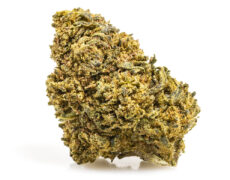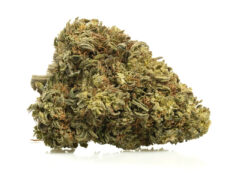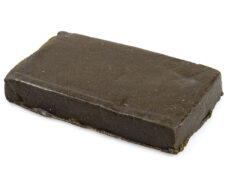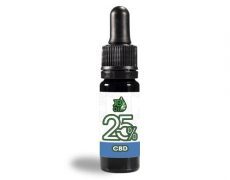Modified on: 30/10/2023
Indigenous cannabis: everything you need to know about this marijuana variety
What is ‘indigenous cannabis‘?
Surely, you have asked yourself this question and, if you have read other articles, you will have noticed that there is some confusion, am I right?
That’s why we think it’s time for some clarity.
In this article, you will find a short guide to native cannabis and the main strains around the world that every interested party should know about.
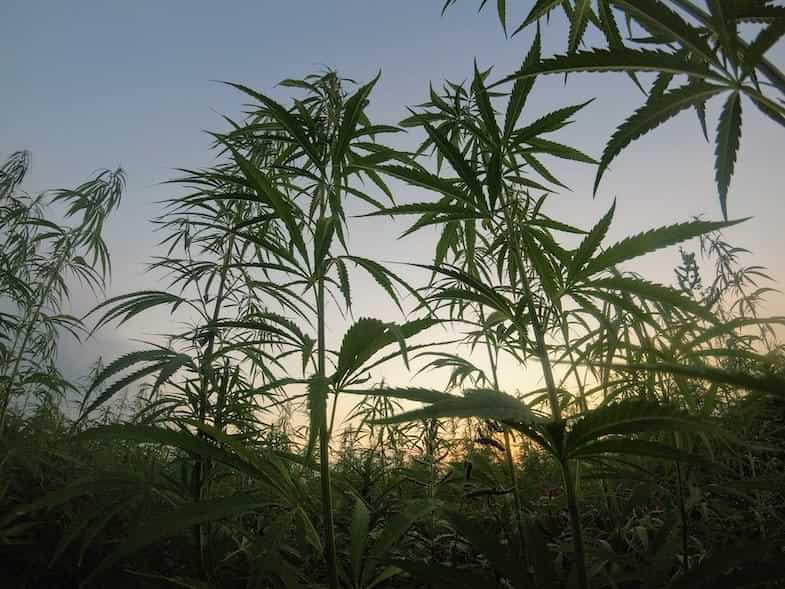

What is indigenous cannabis?
As we mentioned earlier, if you type ‘native cannabis’ into Google, you will hardly get a clear idea of what it is.
If you have already consulted other sites, you will probably have read that indigenous cannabis is defined as such because it originates in a region.
And according to the meaning of the term, this should be the case, right?
Wrong.
According to some scholars, cannabis originated in Asia (even in the Neolithic era!) and then spread to the rest of the planet.
Thus, native marijuana is a domesticated type of cannabis (its’ legal version is called CBD cannabis) that has adapted over centuries in different areas of the planet.
But what makes it so special?
Simple: the fact that it has never been crossed with other varieties, makes it unique and has a giant potential for hybridization processes.
Growers can experiment and cross it with different strains, helping to increase diversity within the cannabis gene pool.
Read also: “Chemical hunger”: why and how to manage it?
Autochthonous cannabis: the main differences with cultivated marijuana
Since we are talking about indigenous cannabis, it is critical to distinguish it from cultivars (the cultivated plants), and we can do so according to:
- colour;
- leaf size;
- phytochemical compounds.
In addition, native strains are less stable and more variable than hybrids, but that is what makes them so special and world-famous.
Keep in mind that there is a subspecies of indigenous cannabis ruderalis, without which the auto-flowering we know today would not exist!
These auto-flowering strains can infuse modern strains with auto-flowering properties and can therefore flower according to the hours of exposure to light.
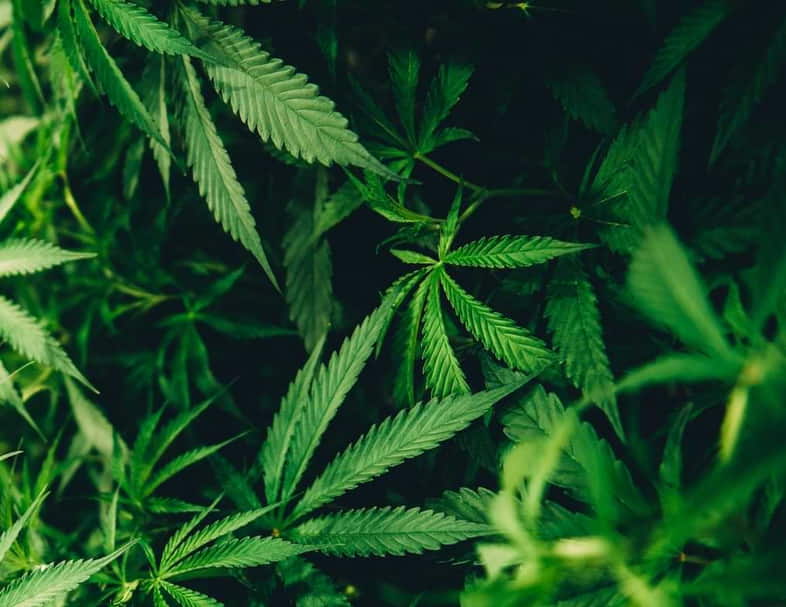

Here are the best native cannabis varieties
1. From Asia
- Thai: a Sativa variety that became popular before the 1970s, it is particularly sensitive; for this reason, it should preferably be grown outdoors, in humid and sultry locations;
- Acah/Atjeh: originating from Indonesia (Aceh region), it is known for its inflorescences with a particularly fruity taste;
- Chocolate Thai: variety descended from the Thai Sativa we mentioned earlier. As the name suggests, it is known for its flavours reminiscent of coffee and chocolate.
2. From Africa
- Kilimanjaro: with fruity aromas, this variety originates from Tanzania, and has a strong connection with the local people due to its spiritual significance;
- Durban Poison: is originally from South Africa, and is one of the varieties still available in pristine form. Due to this peculiarity, it is often used to produce concentrates;
- Swazi Gold: this African variety can survive in various climatic conditions, even the most hostile, and is known for its sweet taste.
3. From the Middle East
The names of these strains have become globally famous because they have contributed to the creation of several hybrid species.
Let’s see what they are:
- Afghan/Afghani: This is a strain found mainly along the Hindu Kush mountain range, which runs through no less than three different countries: Afghanistan, Pakistan and India. Also known as Afghan marijuana, it is renowned for its abundant resin production and powerful terpenes;
- Mazar I Sharif & Lashkar: originating from India, Pakistan and Afghanistan, they are excellent for hashish production.
- Hindu Kush: is very popular among experienced users and is original to the same geographical area as Afghan marijuana and Mazar. Used for hashish production, it has the characteristic of producing trichomes in large quantities for shelter from the cold.
4. From Central and South America and Jamaica.
- Panama Red: as the name suggests, this strain is native to South America, was discovered in the 1960s and then spread to the United States;
- Acapulco Gold: native to Mexico, it has amber-coloured pistils and purple and gold-coloured leaves. Unfortunately, it is often found in its hybrid variant, so it is very difficult to find it in its purest form;
- Colombian Gold: originating from Colombia—in particular from the Sierra Nevada de Santa Marta—it is one of the most popular varieties among marijuana enthusiasts;
- Finally, from Jamaica, we have Lambsbread, famous for being one of Bob Marley’s favourite strains.
Read also: Tetrahydrocannabivarin: formula, uses and what it is, simply explained
Conclusions
In this article, we have seen what is meant by native cannabis and which are the most popular varieties.
As we have seen, native cannabis is a particularly valuable strain for two reasons:
- it has not been crossed with other strains;
- it allows for experimentation and an increase in the cannabis gene pool.
So if you are looking for pure, quality CBD products, such as CBD oil and hashish, visit our website and discover all the latest news.
We are waiting for you on Justbob!


